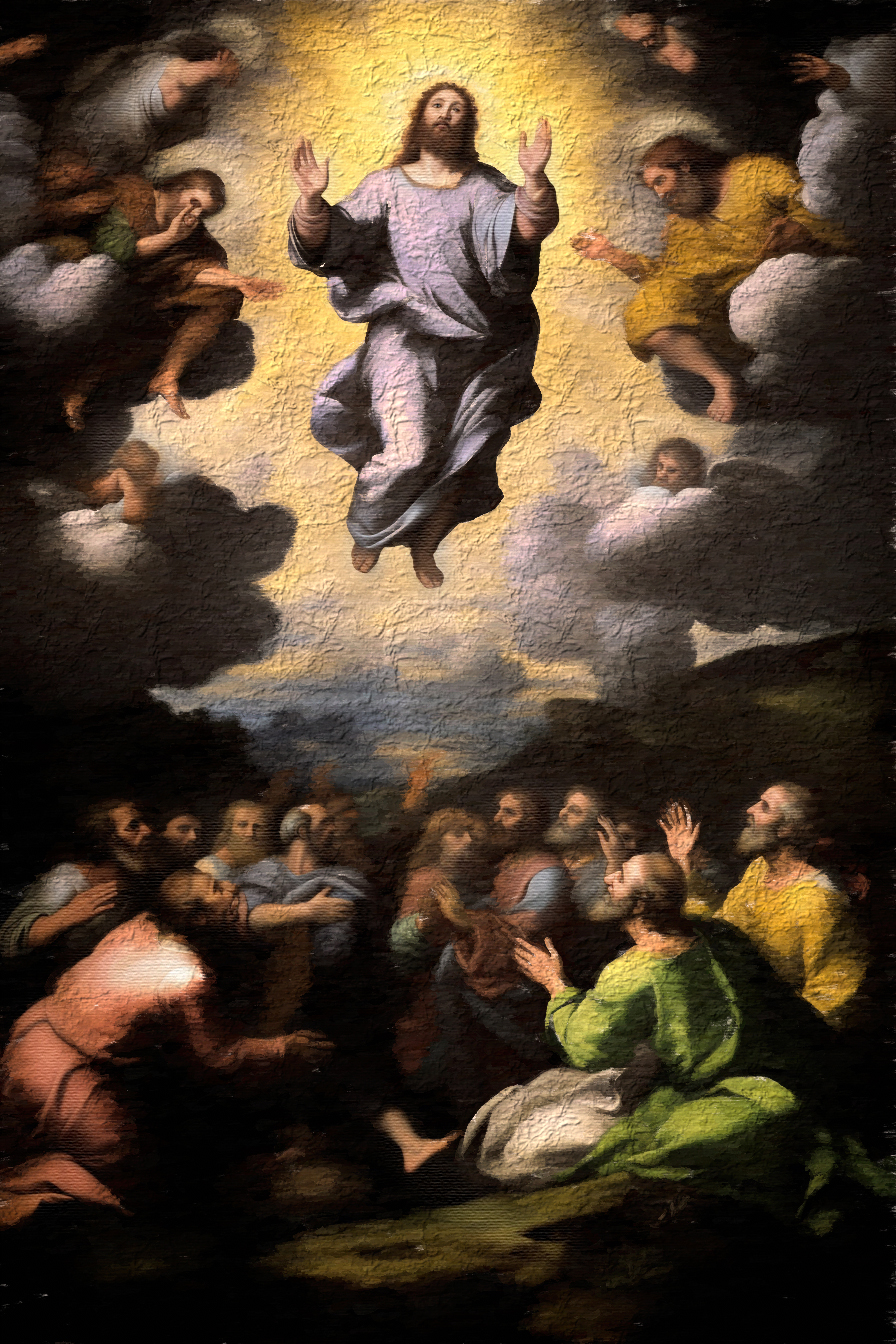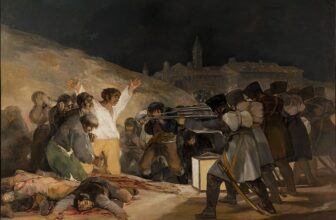
Raphael Last Painting
In this article, we will explore the details of Raphael’s last painting, including its location, when and how it was painted, and its significance in art history.
Raphael, also known as Raffaello Sanzio da Urbino, was one of the most famous and influential artists of the High Renaissance period. His last painting, known as the “Transfiguration,” is a masterpiece that was completed just before his untimely death in 1520.
The “Transfiguration” is a large-scale painting that was completed in 1520. It is an oil on wood panel, measuring approximately 405 cm by 278 cm (159.4 in × 109.4 in), and it is currently housed in the Vatican Museum in Rome, Italy. The painting is a complex composition that depicts two distinct scenes: the transfiguration of Jesus on Mount Tabor and the healing of a possessed boy by the apostles below.
The painting was commissioned by Cardinal Giulio de’ Medici, who later became Pope Clement VII. It was intended to be the altarpiece for the Cathedral of Narbonne in France, but due to Raphael’s untimely death, the painting was never delivered to its intended location.
Raphael began working on the “Transfiguration” in 1516, he worked on the painting intermittently for four years. The painting is significant because it represents a departure from Raphael’s earlier works, which were characterized by their harmony, balance, and classical composition. The “Transfiguration,” on the other hand, is a more dramatic and emotionally charged work that reflects the influence of Raphael’s contemporary, Michelangelo.
The upper part of the painting shows the transfiguration of Christ, with the figure of Christ rising above the mountain and shining with divine light. Surrounding him are Moses and Elijah, who represent the Law and the Prophets, respectively. The three figures are depicted with a powerful dynamism, with Christ’s twisting body and flowing drapery contrasting with the stiff, upright figures of Moses and Elijah. In the background, there is a landscape that is painted with remarkable precision, with tiny figures and buildings visible in the distance.
The lower part of the painting shows the apostles attempting to heal a possessed boy. The boy is depicted in a contorted pose, with his arms and legs twisted and his eyes rolled back in his head. The apostles are depicted with great emotion, with their faces showing fear, confusion, and determination as they try to exorcise the demon from the boy’s body. The composition of the lower half of the painting is more chaotic than the upper half, with the figures overlapping and intersecting in a way that reflects the emotional turmoil of the scene.
Raphael died on April 6, 1520, before he could complete the “Transfiguration.” It is believed that he had only finished the upper half of the painting at the time of his death, and that his assistants completed the lower half based on his sketches and instructions. Some art historians believe that the lower half of the painting was added after Raphael’s death, as it seems to have a different style and quality than the upper half.
Despite its unfinished state, the “Transfiguration” is considered one of Raphael’s greatest masterpieces. It is a testament to his skill as a painter and his ability to create works that are both beautiful and emotionally powerful. The painting’s influence can be seen in the work of many later artists, including Caravaggio, Rubens, and Poussin.






